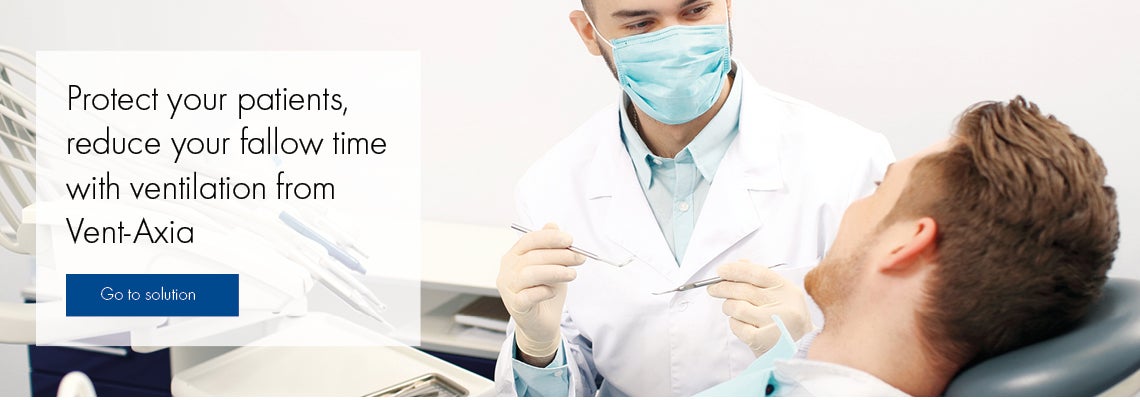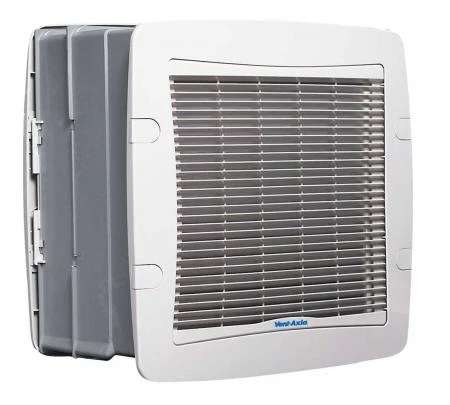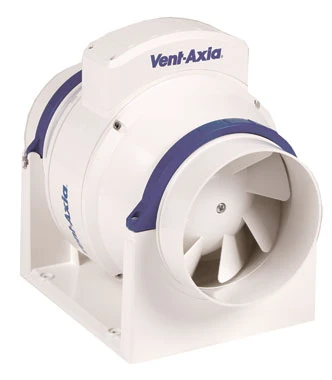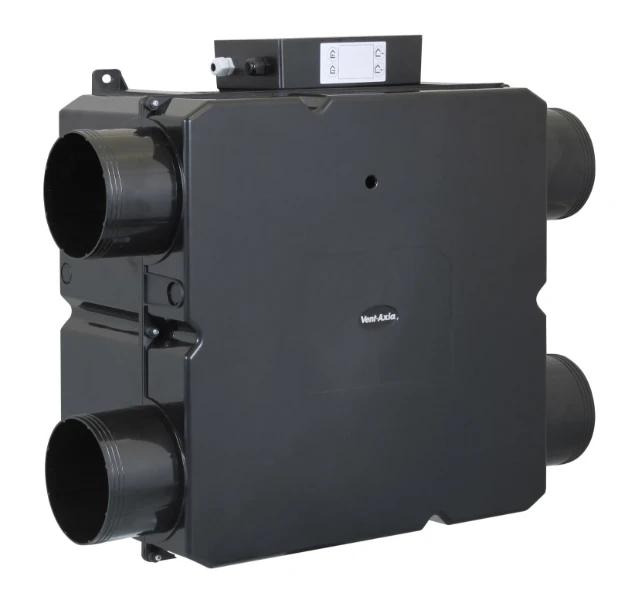Why is Ventilation Important in the dental care sector?
With people still needing to attend doctor appointments and dental surgeries it has never been more important to make those spaces safe for practitioners and their patients during the Covid-19 pandemic.
The World Health Organisation (WHO) has advised medical personnel to consider taking 'airborne precautions'. It is important to protect dentists and patients and reduce the amount of spatter produced during dental procedures. In order to prevent airborne transmission, dental offices should be sufficiently ventilated with great emphasis placed upon removing bio aerosols.
Sufficient ventilation can be achieved by increasing the air changes per hour (ACH). ACH is defined as how many times the air is changed per hour in a given space and is necessary to make the space free from any viral or bacterial pathogen. The more air changes per hour, the shorter the fallow time.
The COVID-19 Infection Prevention and Control Guidance advise:
- Where there is ventilation, but the number of ACH are unknown or there are air changes of 1 to 5 ACH, a baseline post Aerosol Generating Procedures (AGP) downtime of 30 minutes is recommended with mitigation such as high-volume suction/ rubber dam
- Where there are 6 to 9 ACH, a baseline post AGP downtime of 20 minutes is recommended
- Where there are 10 or more ACH, a baseline post AGP downtime of 15 minutes is recommended
There are three easy steps to remember when it comes to ventilation:
1. Reduce
Reducing the number of
pollutants you introduce
into the air.
2. Dilute
Ensuring that there is
adequate ventilation with
fresh clean air to dilute pollutants.
3. Purify
Adding an air purifier to
remove the remaining pollutants
from the air you breathe.
Why is ‘Fallow Time’ so important?
In Dentistry, fallow time is also referred to as settle time or stand-down period. Dentistry involves a lot of procedures that produces aerosols. Therefore in times of COVID-19 it becomes crucial to reduce the number of infectious micro-organisms in a dental setting. This is where ‘fallow time’ comes into the picture. Before allowing the next patient inside the room, it should be left in solitude for a certain period of time.
Using ventilation to either introduce or increase fresh air circulation in a dentist surgery is therefore central to reduce the fallow time between appointments, reduce the infection rates and keep patients safe.
Independent guidance on ventilation has been published by a number of sources in relation to ventilation and virus transmission:
Government publication ‘Our plan to rebuild: The UK Government’s COVID-19 recovery strategy’
Effective ventilation is central to Government guidance. In this document it advises to “Use external extractor fans to keep spaces well ventilated and make sure that ventilation systems are set to maximise the fresh air flow rate”.
UK Deputy Chief Medical Officer:
Professor Jonathan Van-Tam, Deputy Chief Medical Officer confirmed at a COVID-19 briefing on 29th April that ventilation lowers transmission rates from respiratory viruses. “There is a definite truism across all of the science literature, that ventilation is a most critical part of reducing transmission from respiratory viruses.”
Chartered Institution of Building Services Engineers (CIBSE)
CIBSE has published practical industry guidance on ventilation in its document ‘CIBSE COVID-19 Ventilation Guidance’. This explains how ventilation can minimise the risks of airborne transmission of Coronavirus. Here the general advice is to “increase the air supply and exhaust ventilation, supplying as much outside air as is reasonably possible” to dilute and remove the virus from the air as much as possible.
Public Health England
All enclosed workplaces must be ventilated by natural or artificial means as set out in the Workplace (Health, Safety and Welfare) Regulation. UK building regulations recommend whole building ventilation to be 10 l/s/person and current healthcare guidance for new buildings and major refurbishments specifies that a treatment room should have at least 10 air changes per hour (ACH).
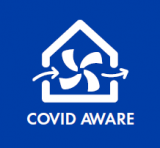
Be COVID-Aware
If you are installing or servicing ventilation, we can help you understand the key principles. There is guidance available from a range of industry and government bodies, or you can email or call our team on 0844 856 0590 for help and advice.

We have produced a helpful guide that can help you understand what you need to consider. Download it here.
The Solution
Vent-Axia offers a wide range of ventilation solutions to suit your installation needs. Below is a selection. If you require support, we’re here to help on 0844 856 0590.
